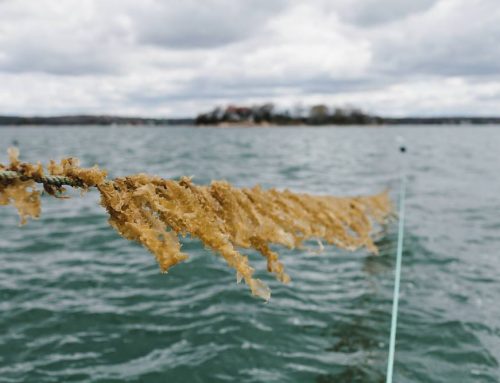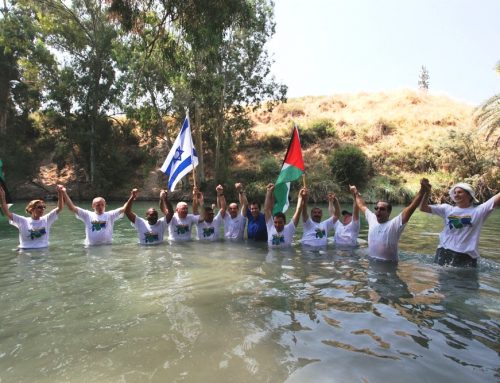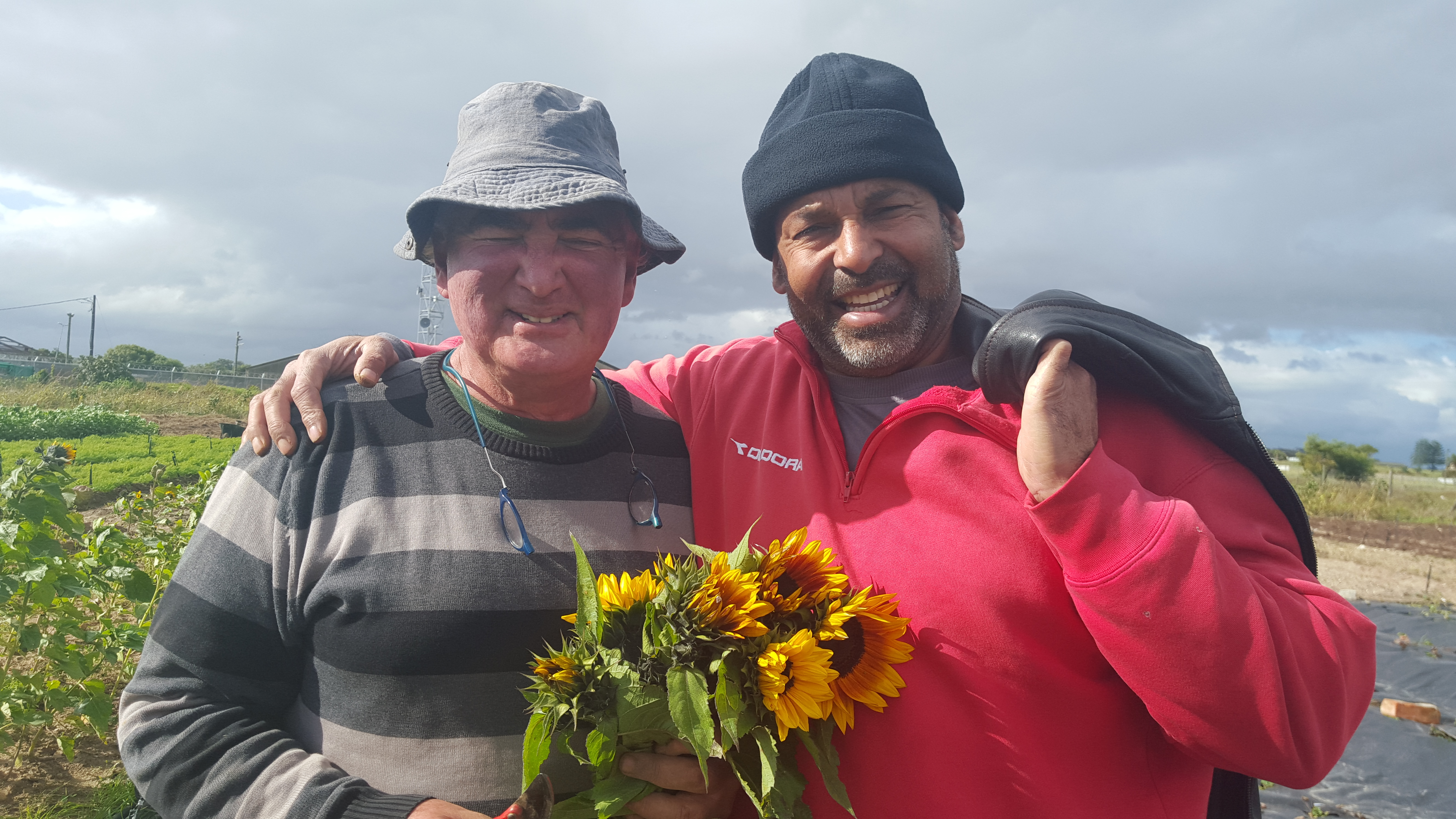
How can a unique agricultural area on the urban fringe of Cape Town, South Africa be protected to provide ecosystem services, fresh produce for low income city dwellers, and a local model of agro-ecological farming?
The vast green fields of the Philippi Horticultural Area are an incongruous sight, in the midst of one of the most densely settled areas of the Cape Flats, an expanse of gritty, peri-urban townships around Cape Town, South Africa.
In the area, known as the PHA, cows graze and tractors roll through bright green fields, while farm workers tend rows of spinach, lettuce, onions, carrots and cabbages, framed by a backdrop of sand dunes covered in indigenous vegetation. Interspersed in this green landscape are also plenty of abandoned plots of land strewn with rubble and waste, huge open pit sand mining operations, commercial warehouses and depots, illegal dumping sites and informal housing settlements.
This 3,000 hectare jumble of land plays a vital, if often largely invisible and therefore unrecognised, part in the local food economy of greater Cape Town, supplying as much as half the city’s fresh produce, according to Nazeer Sonday, the organiser of the PHA Food & Farming Campaign.
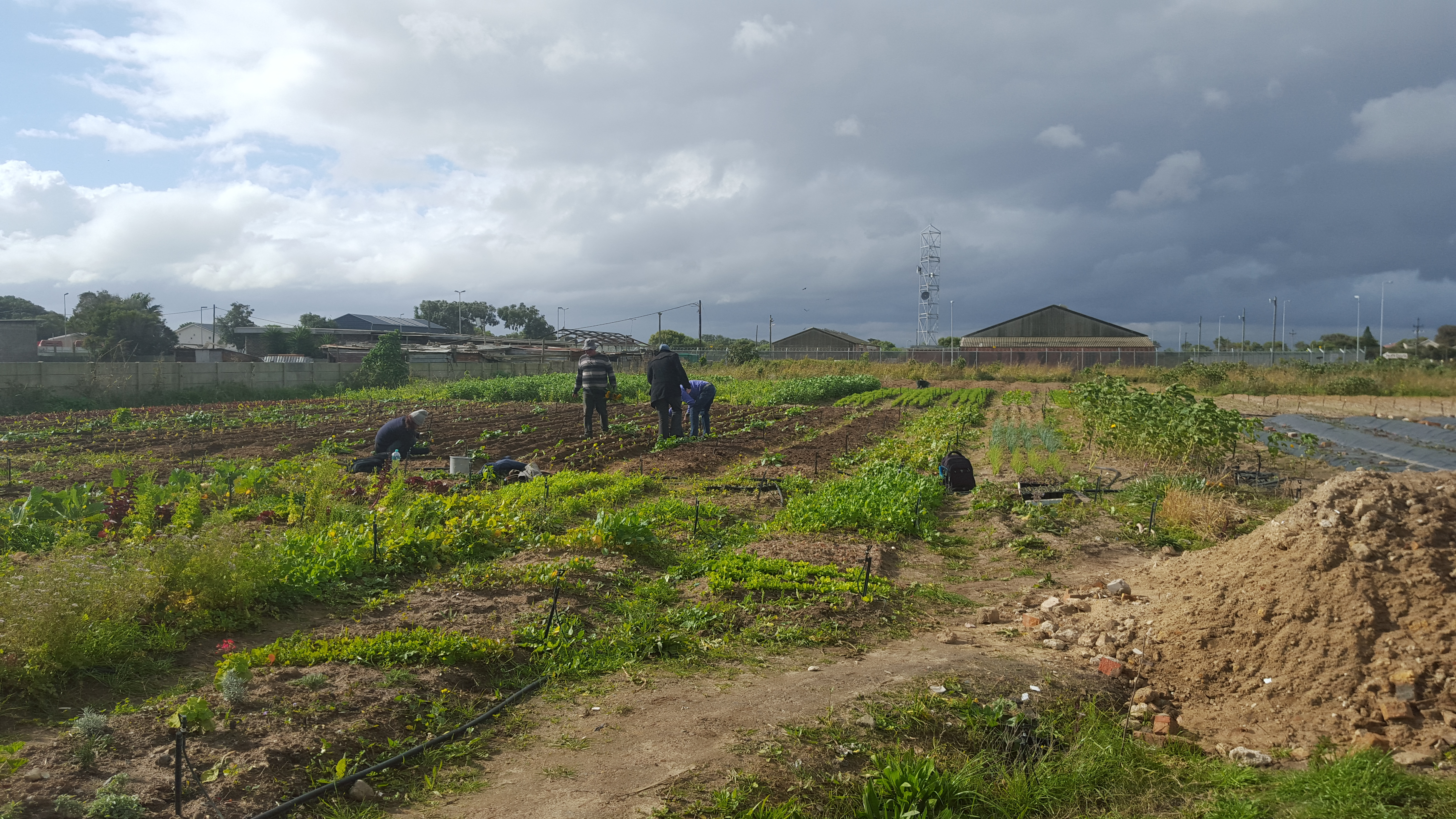
This steady supply – altogether the PHA produces some 150,000 tonnes of vegetables per year – helps to make fresh, nutritious food more available and affordable to surrounding communities faced with high levels of household-level nutrition insecurity, as well as heavy disease burdens of HIV/AIDS and tuberculosis, and obesity and lifestyle diseases often associated with poor urban diets.
The Food & Farming Campaign, says Sonday, represents a seven-year struggle to gain official recognition of the PHA as the city’s ‘breadbasket’, and thus preserve this unique agricultural land in the interest of the city’s long-term food security – particularly in the face of mounting pressures from developers proposing new commercial, industrial and housing plans. This local campaign has a broader global resonance, as farmland across the United States, India and elsewhere is lost to rapid urbanisation and economic pressures of development.
According to a 2012 report from the University of Cape Town’s African Food Security Network, the food, ecosystem services and jobs produced through farming in the PHA offer a measure of resilience to the global shocks and stresses of climate change, economic instability, and food price increases – particularly for the city’s most vulnerable citizens.
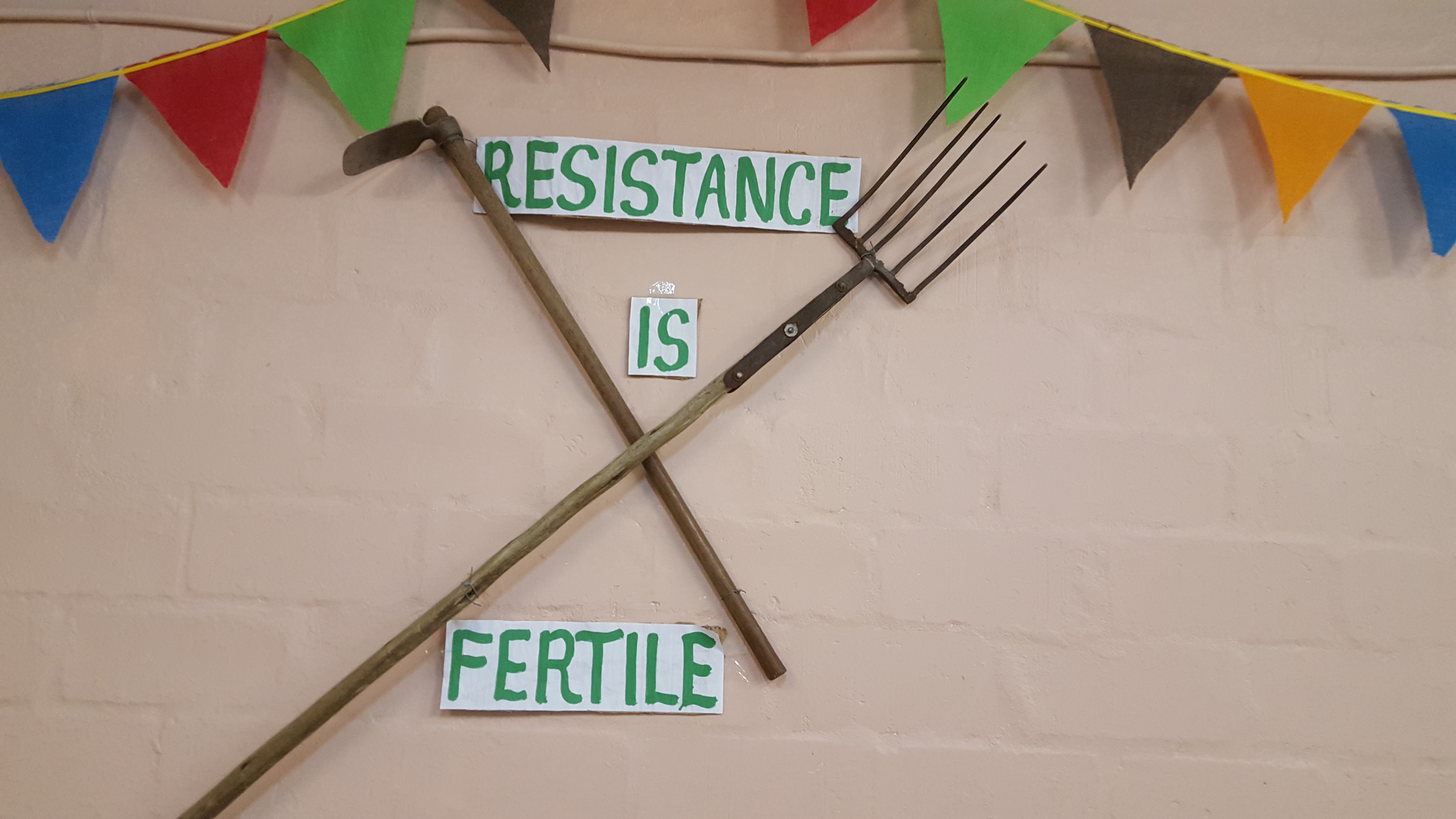
A crippling drought across southern Africa has underscored the strategic importance of local food production. The PHA is fed by the Cape Flats Aquifer, a a 600-square kilometer sand aquifer that makes cultivation possible in the hot, dry summer months. The PHA is also one of the last remaining unpaved areas of the Cape Flats, making it a vital area for recharging the aquifer. In winter, large expanses of the PHA flood, providing seasonal wetlands for bird life.
According to Sonday, agroecological farming holds the key to the PHA’s future, and also offers a viable land reform model. The campaign’s vision builds on the PHA’s 135-year farming heritage, he says. The German settlers who first farmed here in the nineteenth-century faced immense difficulties in building the skills, knowledge and systems to farm in the local conditions — a struggle which mirrors the challenges faced by new black farmers today as they develop new knowledge and strategies for dealing with land reform, the economics of farming and its environmental challenges.
On his own land, known as Vegkop Farm, Sonday has been working with a handful of volunteers to create a viable model for farming based on agroecology, introducing crop rotation to build healthy soils and a diversity of crops and indigenous plants to attract pollinators and support biodiversity. There is also a Campaign Centre on the property where regular talks are held to raise public awareness of the PHA and to be the hub for agroecology in the area.
The challenge is to make more people understand that everyone has a stake in the PHA’s future, says Sonday. This means educating consumers about where their food comes from, and how the PHA impacts directly on their lives. To this end, the campaign offers presentations to civil society groups, NGO’s, academic and government — and these talks always begin with ‘Do you know where your food comes from?’

